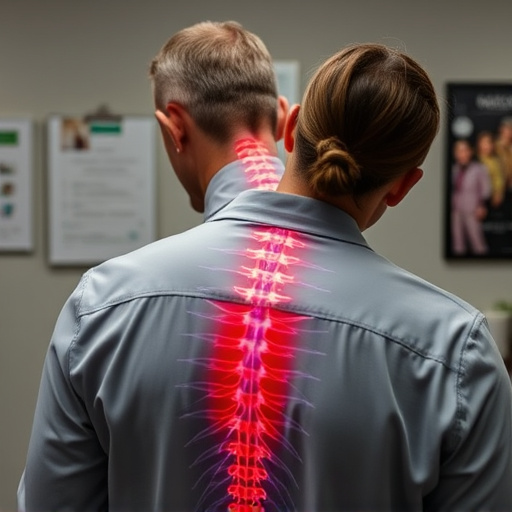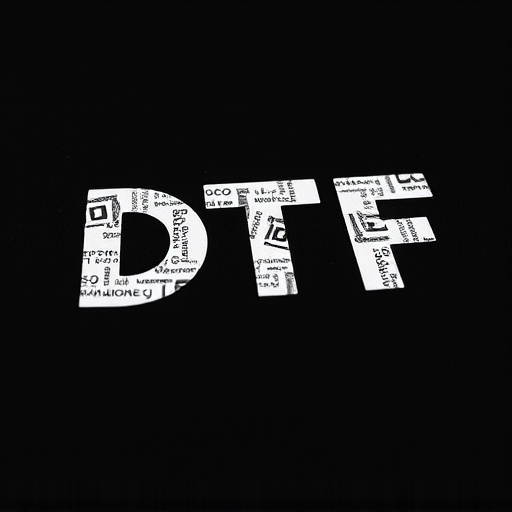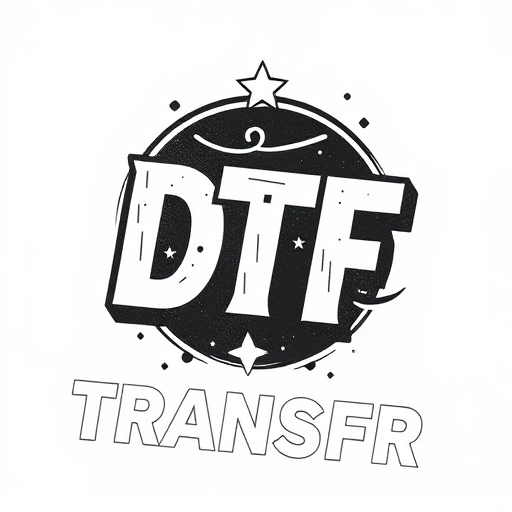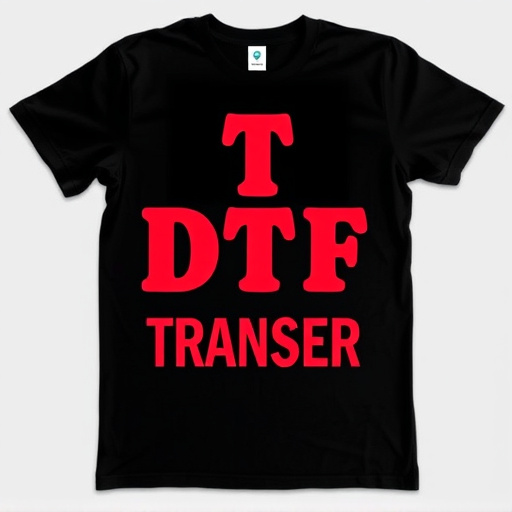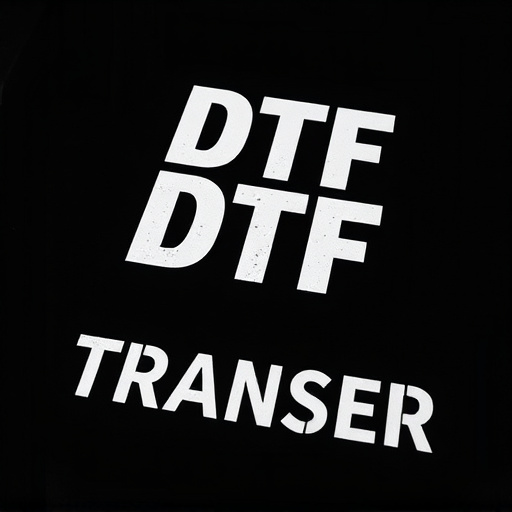DTF (Direct to Film) transfers revolutionize printing with their high-fidelity detail reproduction, especially in intricate line art. The process involves creating a digital design, printing it onto film as a mask, and then transferring the image to fabric. Line accuracy is paramount for DTF's superior color and detail integrity; designers must use specific tools and settings. Choosing vibrant inks and smooth fabrics ensures high-quality DTF prints. Specialized inks, high-resolution films, and advanced printers overcome challenges in thin line reproduction. DTF Printing is invaluable for industries requiring precise detail, including architectural blueprints, graphic design, and art reproduction.
In today’s digital age, DTF (Direct to Film) Transfer printing has emerged as a game-changer for creating intricate designs with precise details. This article delves into the world of DTF Transfers, exploring their unique capabilities and the critical role line accuracy plays in achieving high-quality DTF Prints. From understanding the process to selecting optimal materials and overcoming challenges, we uncover techniques to reproduce thin lines flawlessly. Discover real-world applications where accurate details are paramount, revolutionizing industries from fashion to signage.
- Understanding DTF Transfers: A Comprehensive Overview
- The Importance of Line Accuracy in DTF Printing
- Choosing the Right Materials for Optimal DTF Prints
- Techniques to Achieve Precise Thin Lines on DTF Transfers
- Common Challenges and Solutions in DTF Transfer Printing
- Real-World Applications: When Accurate Details Matter
Understanding DTF Transfers: A Comprehensive Overview

DTF Transfers, short for Direct-To-Film, are a cutting-edge printing technology revolutionizing the way we produce high-quality prints with intricate details. This method involves transferring design data directly onto a film or sheet, which is then used to expose a printing plate or screen, creating precise and accurate prints. DTF offers unparalleled precision when it comes to reproducing thin lines and detailed artwork, making it a favorite among professionals in various industries, from graphic design to signage and apparel.
In the realm of DTF Printing, the process begins with designing or digitizing the desired image using specialized software. The design is then optimized for printing, ensuring line accuracy and resolution. The prepared file is sent to a DTF printer, where it’s imaged onto a transparent film. This film acts as a mask, allowing specific areas of the substrate to be exposed while protecting others. The masked film is then used to create a printing plate or screen, ready for ink application and the transfer process, resulting in sharp, crisp DTF prints that accurately mirror the original design.
The Importance of Line Accuracy in DTF Printing

In the realm of DTF (Direct to Fabric) printing, achieving line accuracy is paramount for producing high-quality prints on various materials. The DTF transfer process involves transferring intricate designs and details onto fabrics, requiring precision to ensure the final product meets expectations. Every fine line, whether thin or bold, plays a crucial role in reproducing the original artwork accurately. Even the slightest deviation can lead to inconsistencies in color reproduction and overall print quality.
DTF prints are often appreciated for their vibrant colors and sharp details, especially when dealing with complex designs. To achieve this level of precision, printers must focus on line accuracy during the design stage, choosing the right tools and settings. This involves selecting suitable line weights in vector graphics software and ensuring smooth transitions between lines to prevent jagged edges. By paying close attention to these aspects, DTF transfers can replicate fine lines accurately, making them a popular choice for creating detailed artwork on fabrics.
Choosing the Right Materials for Optimal DTF Prints

When it comes to achieving precise and detailed DTF (Direct to Fabric) prints, selecting the appropriate materials is a key consideration. The quality of the final transfer directly correlates with the characteristics of the inks and fabrics used. For optimal results, choose high-quality, vibrant inks designed specifically for DTF printing. These inks should offer excellent color accuracy and precision when reproducing fine lines and intricate details.
Additionally, the fabric selection plays a significant role. Opt for smooth, tightly woven fabrics like cotton or polyester that allow for clear image transfer without smudging or blurring. The weave structure should be fine enough to capture even the thinnest lines. Pre-treating the fabric with suitable stabilizers can also enhance its performance during printing and washing, ensuring long-lasting, crisp prints.
Techniques to Achieve Precise Thin Lines on DTF Transfers

Achieving precise thin lines on DTF (Direct to Film) transfers requires a thoughtful approach and specific techniques. One key method is to utilize high-resolution digital art files with crisp, well-defined line work before the transfer process. This ensures that the intricate details are accurately represented on the film. Using precision tools like fine-tipped pens or specialized software for vector graphics can help create and edit these lines precisely.
Additionally, the printing settings play a crucial role. Adjusting the exposure time and utilizing specific DTF printing techniques, such as controlling the ink flow and pressure during application, can significantly impact the final line quality. Testing different combinations of these variables will allow printers to fine-tune their process for optimal results, ensuring that each thin line in a DTF print is accurate and visually appealing.
Common Challenges and Solutions in DTF Transfer Printing
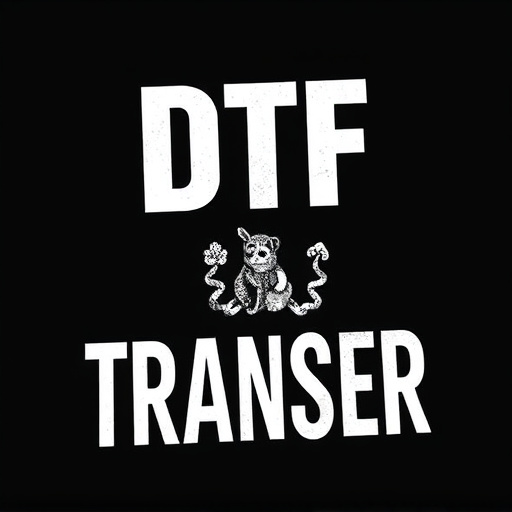
Transfer printing, especially using DTF (Direct to Film) technology, presents unique challenges when aiming for precision in reproducing thin lines and intricate details. One of the primary hurdles is achieving crispness along delicate edges and small gaps, as even minor imperfections can become amplified during the transfer process. The solution often involves utilizing specialized inks designed for fine line printing, which offer improved control and resolution. These inks are carefully selected to ensure optimal adhesion to the receiving surface while maintaining the sharpness of lines.
Additionally, the choice of film quality plays a significant role in overcoming these challenges. High-resolution films with meticulous precision allow for more accurate reproduction of intricate patterns. Advanced printing machines that support higher print resolutions further contribute to achieving fine line details in DTF prints. Calibration and regular maintenance of these machines are crucial to maintaining consistency in output quality.
Real-World Applications: When Accurate Details Matter
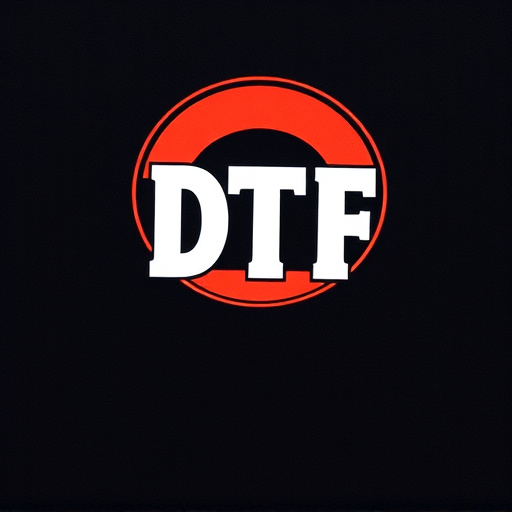
In various industries, the ability to reproduce thin lines and intricate details accurately is paramount for creating high-quality outputs. Digital Transfer (DTF) Printing, with its advanced capabilities, has become indispensable in such scenarios. From architectural blueprints to graphic design, DTF Transfers excel in delivering precise prints, ensuring that every line and shade is reproduced flawlessly. This technology is particularly valuable in fields where accuracy is crucial, like engineering, medical illustrations, and even fine art reproduction.
DTF Prints offer a level of detail and clarity that traditional printing methods might struggle to match. In real-world applications, this means creating technical drawings with minimal imperfections, producing high-resolution maps, or reproducing historical documents with intricate patterns intact. DTF Transfer’s versatility allows professionals to achieve outstanding results, making it a preferred choice when attention to detail is non-negotiable.






